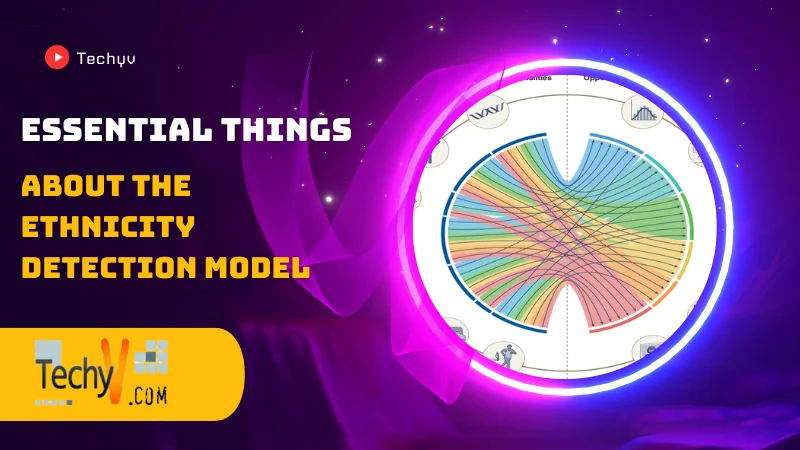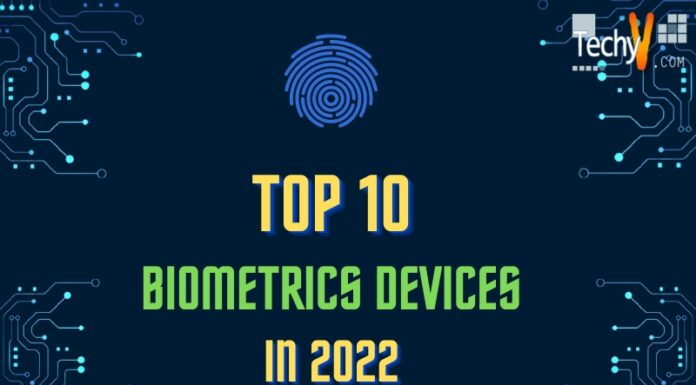Ethnicity detection solutions have become potent devices with a vast range of experimental applications in the consistently converting fields of artificial intelligence and computer vision. These solutions, which use innovative algorithms and machine learning strategies, have been achieved across multiple industries and have enhanced security, customized consumer experiences, and even medical diagnoses.
This blog analyzes compelling case studies demonstrating the actual world uses and tales of ethnicity recognition, revealing how this innovation has a substantial world effect.
Ethnicity detection models, a dataset of artificial intelligence (AI) systems, are patterned to recognize or forecast the ethnic background of identical based on multiple features. These models have acquired attention due to their potential applications across distinct sections involving marketing, healthcare, and law enforcement.
Actual-Life Applications Of Ethnicity Detection Solutions
Improving Public Protection Through Ethnicity Detection In Security And Law Enforcement
Ethnicity detection solutions have become essential for enhancing public security and increasing protection and law enforcement surveillance operations. These innovations support enhanced vulnerable identification, quick reaction, and well-informed decision-making by employing innovative computer vision techniques and machine learning algorithms.
1. Observing And Vulnerabilities Recognition
By enabling the recognition of individuals based on their ethnic traits, ethnicity detection plays a substantial function in surveillance systems. This innovation allows for law enforcement management to swiftly search for people interested in congested areas, public collecting, or essential events. It enhances situational attention and provides crucial information for proactive security measures.

2. Ethnicity Detection In Healthcare And Medical Diagnostics: Advancing Personalized Care
Ethnicity detection solutions are transforming patient care in healthcare and medical diagnostics by attaching the latest level of precision and customization. These devices provide essential insights into a patient’s ethnicity by employing innovative AI algorithms and picture evaluations, allowing healthcare offers to personalized therapies, anticipate illness risks, and improve overall healthcare results.

3. Risks Of Predictable Disease
Based on genetic markers merged with multiple ethnic backgrounds, ethnicity detection can potentially recognize illness risks. AI-powered algorithms can search designs and trends that indicate a bigger chance of particular health disorders by investigating medical data, genetic information, and demographic factors. Earlier, risk assessment enables healthcare experts to implement avoidance measures and personalized interventions.
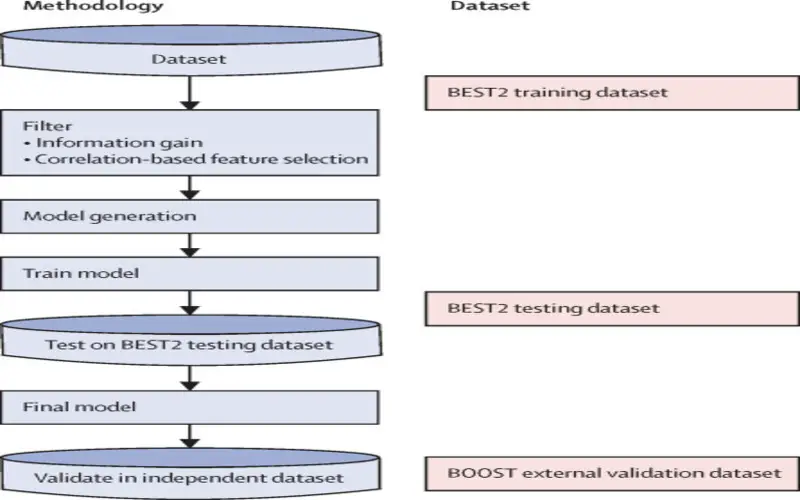
4. Evaluates Of Education And Diversity: Creating Inclusive Learning Environments
Ethnicity observation solutions are becoming more efficient for encouraging inclusive and diverse learning climates in education. These solutions, which use innovative AI algorithms and facial identification innovation, help educators’ growth that celebrating cultural diversity, and modern equity, and provide a well-rounded educational experience by promoting a more thorough understanding of student the generation.
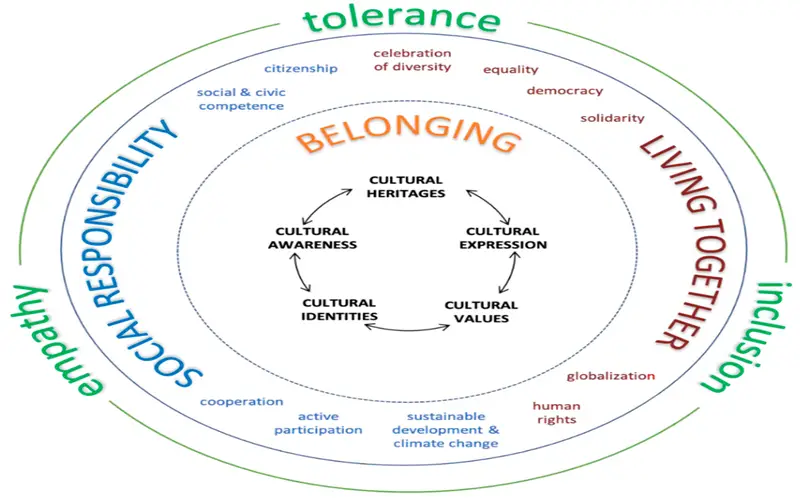
5. Maximizing Cultural Sensitivity
Ethnicity detection devices are significant to operating cultural understanding and involvement in educational institutions. Education experts can learn more about the racial backgrounds in their classrooms by evaluating students’ generations. The information helps make seminars that consider many viewpoints, histories, and cultural settings and operate a learning climate that presents the diverse fabric of society.

6. Data Quality And Diversity
The basis of ethnicity detection models lies in the training data. The consistency and diversity of this data are important for the models to function properly. Influence or abnormal datasets can lead to skewed forecasts, reinforcing concepts and sustaining the community’s biases.
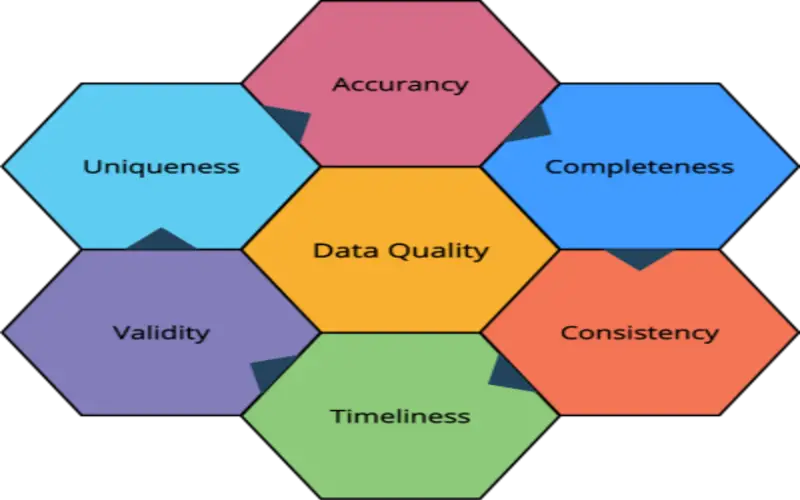
7. Multimodal Features Integration
Achieved modals frequently incorporate various modalities, such as facial features, Language designers, and cultural use. Combining diverse features improves the model’s capability to catch ethnic features, offering a more correct presentation.

8. Ethical Suggestion
The expansion and deployment of ethnicity detection models raise ethical examines. Privacy, consent, and the possibility of misuse are crucial thoughts. The moral structure should address errors such as consent, user attention, and the potential effect of model forecasts on identical and societal.
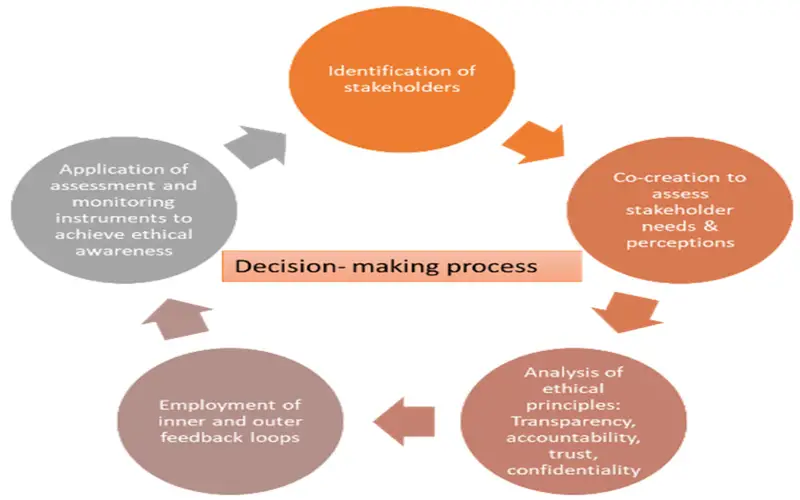
9. Bias Attention And Reduction
The ethnicity detection model is exposed to biases represented in training data. Programmers must attend to these biases and execute reduction strategies to ensure fairness. Regular examination and ongoing analysis assist in recognizing and rectifying biases, supporting more equitable results.
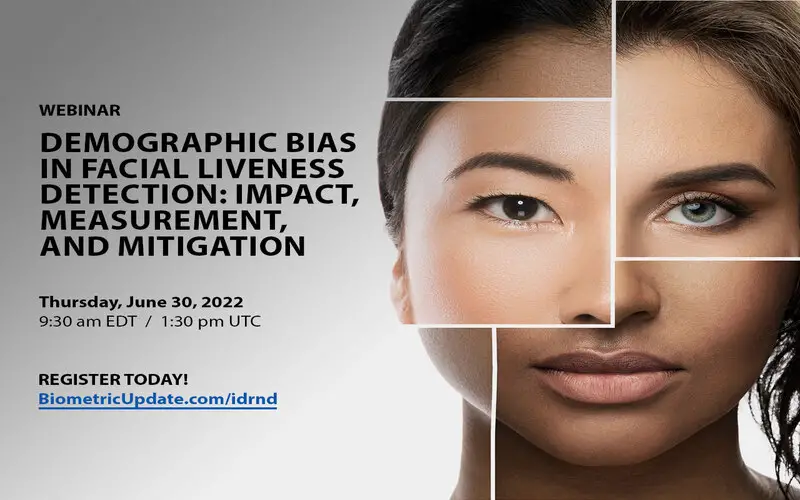
10. Clarity And Interpretability
The dullness of AI models is a general concern. They are ensuring clarity in how ethnicity detection models appear at forecasts for accountability. Interpretability enables consumers to understand the decision-making process and operating trust benefits the identification of potential biases.

11. Isolation And Informed Consent
Identification may not be aware that a model is implying their ethnicity. Ensuring informed consent and admiration of privacy rights are necessary. A balance between the model’s utility and independent rights to privacy is critical for responsible deployment.
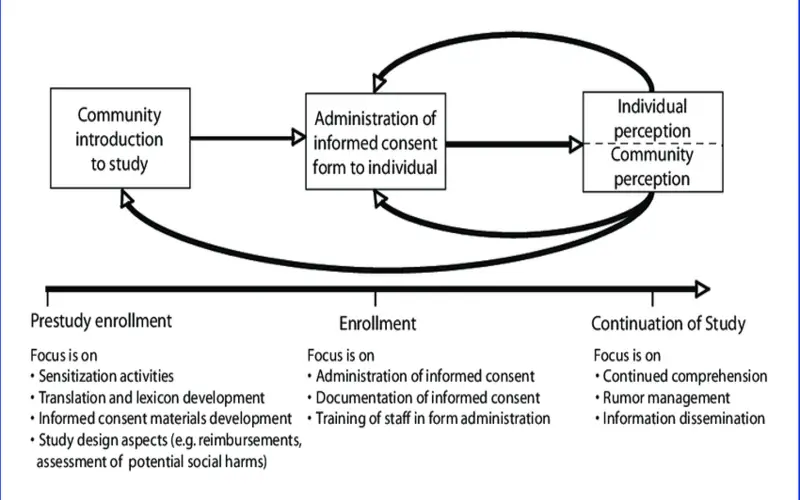
12. Application Specificity
The application context significantly influences the ethical analysis of ethnicity detection models. Models used in hiring, law enforcement, or healthcare need careful tacking to prevent reinforcing extant biases and causing unintended results.

13. Community Impact
Using ethnicity detection models in careful areas can be wise for community implications. Careful regard must be provided to the potential impact on societies, particularly regarding reinforcing categorization or distributing discrimination.
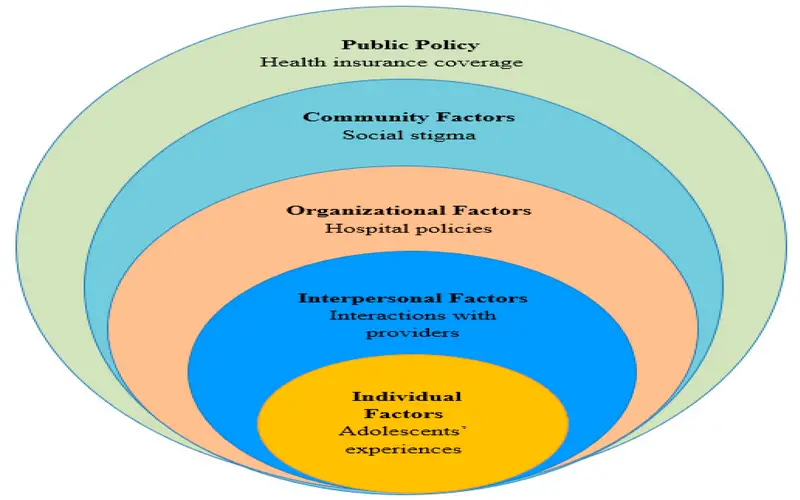
14. Continuous Analysis And Improvement
Models should undergo regular analysis and enhancement. The dynamic nature of the community’s norms and expectations is essential for ongoing adaptions to ensure that the model balance is aligned with ethical traditions.

15. Societies Involvement
Involving diverse viewpoints, especially input from the evaluated societies, is critical. Society’s involvement ensures that the development procedures consider cultural standards and prevent maintaining harmful stereotypes, encouraging more inclusive and responsible employment of ethnicity detection models.



